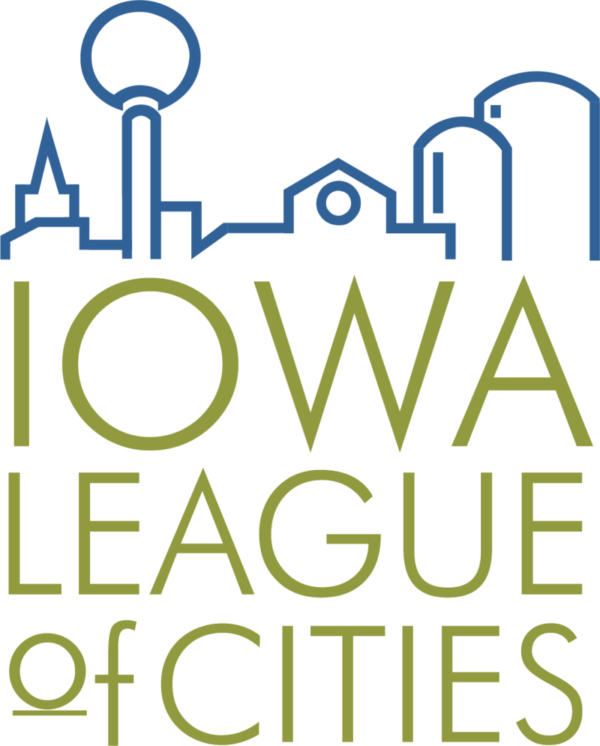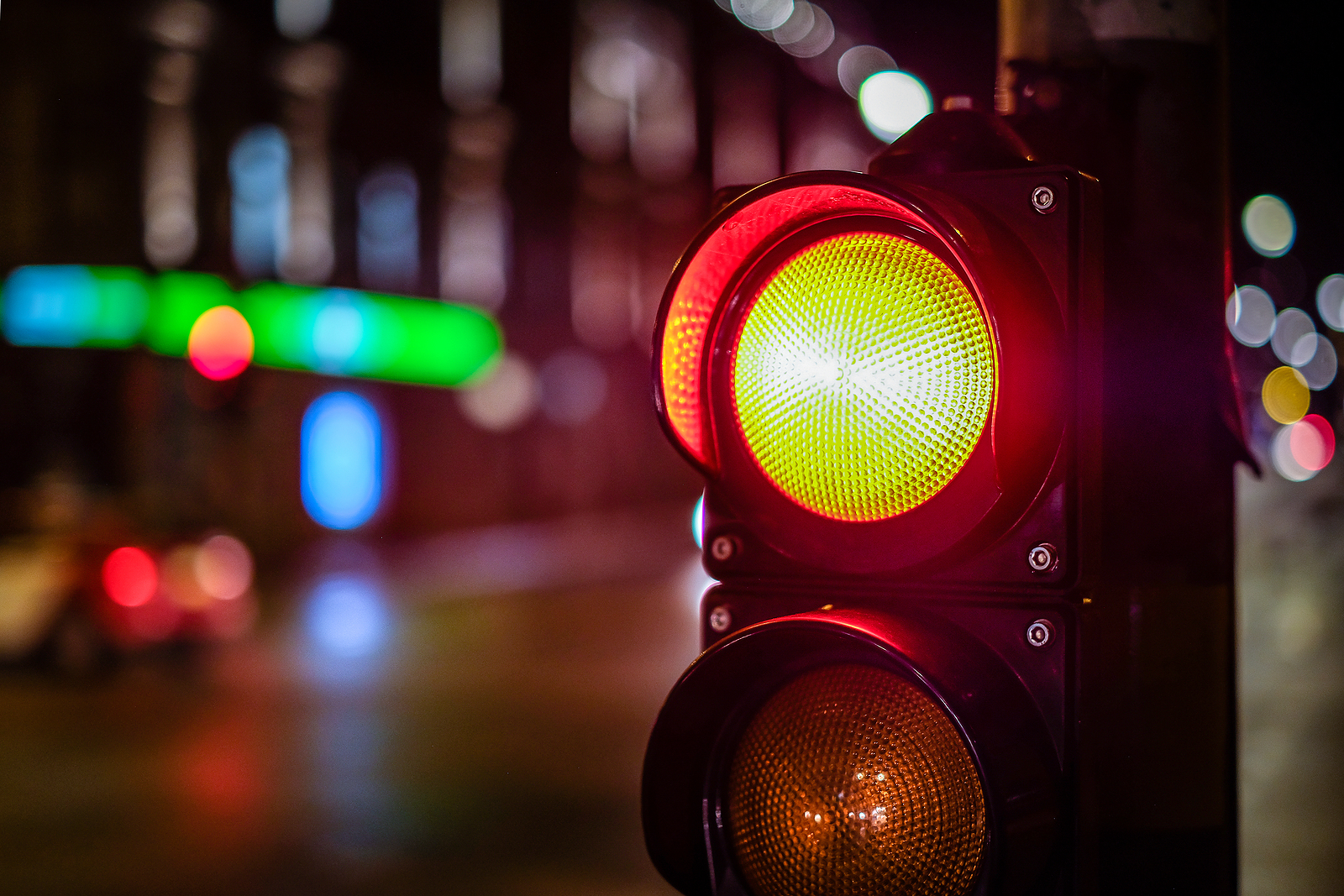There continues to be improvements made in energy efficient traffic and street lighting products. By converting to newer systems, a city can reduce energy consumption by 40 to 80 percent when compared to legacy systems. With about 2 percent of the nation’s electricity being used to illuminate streets and highways, the potential for meaningful carbon reductions –not to mention money saved–is promising.
Street Lighting
Streetlight systems are expensive for cities to operate and maintain. In many cases, 40 percent of a city’s electricity spending can be traced to street lighting, so significant long-term savings can occur by installing more modern systems. Using lamps with longer lives and maintaining recommended spacing can also result in significant maintenance cost reductions over time, since the city will ultimately have to replace fewer burnouts.
Having consistently lit roads and sidewalks can also improve security and visibility for both pedestrians and drivers. While energy savings is certainly the main reason cities are converting to more efficient street lighting systems, they also offer significant improvements in operational control. Modern systems can be adjusted depending on time, traffic patterns, weather and other factors. The ability to make daily or seasonal adjustments tends to result in less energy use over time. Modern lighting systems can also focus light specifically where needed, in effect, reducing light pollution.
Existing systems also tend to have higher concentrations of hazardous substances such as mercury. Converting to technology like that used by Light-Emitting Diode (LED) lighting can result in fewer pollutants entering the environment when the product is discarded.
LED products are energy efficient while producing superior light dispersion and redundancy. LED systems are made of numerous individual diodes, so as they burnout the entire system still produces light. LED offers improved night visibility due to higher color rendering, higher color temperature and increased illuminance. The relative value of these products is improving as new technologies are introduced and as the market becomes more competitive.
As for costs, LED and other more modern lighting systems have more expensive upfront costs than older technologies. LEDs should last a minimum of five to seven years and can often last twice that long, which is far longer than the 18- to 24-month lifespan of older technologies.
Traffic Signals
The energy efficiency of traffic signals is a little easier to navigate when compared to street lighting options. In 2005, Congress passed a new minimum federal efficiency standard for all traffic signals produced after January 1, 2006. They adopted what at the time was the Energy Star Traffic Signal Specification. Energy Star is a program of the Environmental Protection Agency (EPA) that provides energy efficient standards for a wide range of products. Due to high standard compliance, EPA has since suspended the Energy Star Specification for Traffic Signals, as any new signal produced will be energy efficient.
LED technologies also have significant market penetration in the area of energy efficient traffic signals. LED traffic signals use 80 – 90 percent less energy than incandescent signals and can often last 5 to 10 times longer, resulting in significantly reduced maintenance costs over time. Older incandescent traffic lights tend to last about a year, while the average for an LED is about eight years.
While initially more expensive than older technology, total life cycle costs should be used to more fairly compare existing signals with more modern approaches. Costs are lowering and are relatively more affordable than when they were first introduced in the 1990s.
Nationwide, many jurisdictions have taken a graduated approach to replacing traffic signals. Cities often start with red lights, which are generally on about 60 percent of the time, and eventually replace green and yellow lights later as they burn out.






